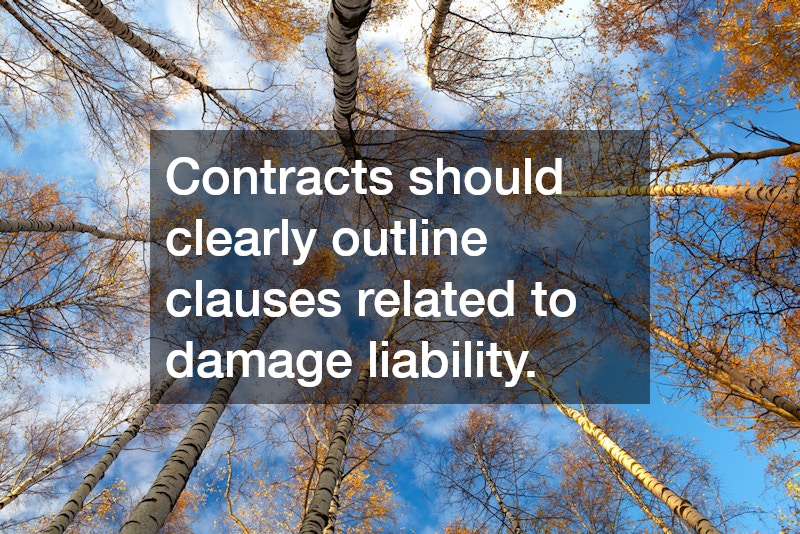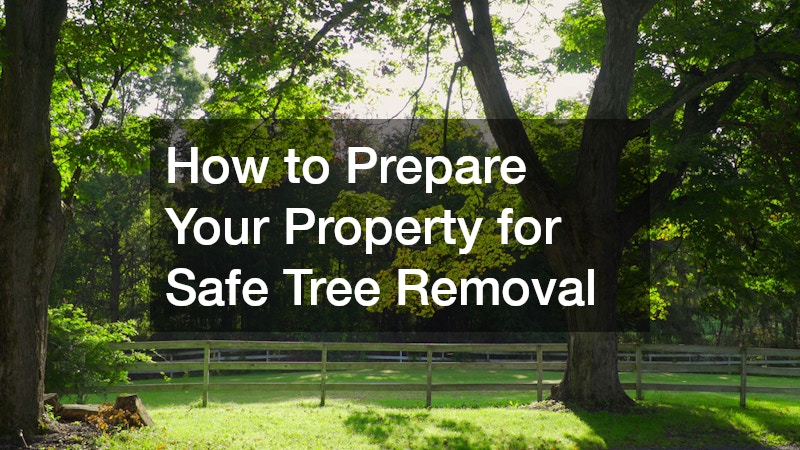This article aims to guide you through the essential elements and considerations when reviewing a contract for tree removal services. Understanding these can prevent potential pitfalls and ensure you receive quality service.
What Details Should Be Included in a Tree Removal Contract?
Scope of Work
Clarity on the scope of work is paramount in a tree removal contract. The contract should explicitly outline which specific trees are to be removed and list any additional services, such as stump grinding or debris removal.
A detailed scope of work is a reference point to assure all tasks are completed as agreed. It minimizes misunderstandings by clearly defining what is expected from both parties.
Furthermore, including comprehensive details about the services ensures that you are only paying for what is stated in the contract. This transparency helps avoid unexpected charges.
Timeline and Deadlines
The contract should clearly state the timeline for completing the project. Knowing the expected duration helps you plan around the service and minimize disruptions.
Sometimes, delays are unavoidable, so the contract must specify any consequences if the service provider fails to meet the agreed deadlines. This might include reduced fees or penalties as a form of accountability.
Understanding the timeline not only aids in your scheduling but also sets clear expectations for both parties. This mutual understanding is key to maintaining a professional relationship.
How do I Ensure the Tree Removal Company is Licensed and Insured?
Verification of Credentials
Ensure that the tree removal company complies with local regulations and possesses the necessary skills before verifying its credentials and signing the contract.
Check for a valid business license and certifications indicating proficiency in tree removal activities. This verification process helps protect against hiring a company that might not have the needed experience.
Reliable companies are often more than willing to share their credentials when asked. This transparency is part of good business practices and shows they have nothing to hide.
Proof of Insurance
It is vital to ensure that the tree removal company you choose is insured. This protects you against potential claims if an accident occurs during removal.
Confirm that they possess liability insurance and workers’ compensation insurance. Liability insurance covers damages to your property,while e workers ‘ compsation protects you from claims should someone be injured.
Requesting copies of the insurance certificates and verifying their validity is a good practice. Doing so gives you peace of mind and shields you from unforeseen financial liability.
What Payment Terms Should I Look Out For?
Breakdown of Costs
A well-outlined contract should provide a detailed breakdown of the costs associated with the tree removal service. This transparency ensures you won’t face unexpected charges after completing the work.
Itemizing the costs allows you to understand what each service component entails financially. It also aids in comparing different service providers to determine the best value for your money.
A handwritten list is also a reference point if a dispute arises over the final bill. This clarity helps both parties focus on the agreed-upon terms.
Payment Schedule
Understanding the payment schedule is as crucial as knowing the total cost. Look for terms specifying when payments are due, including any upfront deposits, interim payments, and the balance payable upon completion.
A structured payment schedule can help you manage your finances better, avoiding large lump-sum, inconvenient payments. It also ensures that the contractor is motivated to complete the work promptly.
Refraining from making the final payment until you are satisfied with the completed work is advisable. This serves as leverage to assure they deliver on all aspects of the contract.
Are There Clauses to Protect Against Damages or Disputes?
Damage Liability
Contracts should clearly outline clauses related to damage liability. This ensures that both parties acknowledge who is responsible if any property damage occurs during the tree removals.
The contract should state what steps will be taken if damage does happen, including repair or reimbursement procedures. Having this in writing protects you from unexpected repair costs.
Agreeing on damage liability terms beforehand reduces the likelihood of disputes later on. It provides a shared understanding of the worst-case scenario and how it will be handled.
Dispute Resolution
Even with the best-planned projects, disputes can arise. Hence, a good contract should provide methods for conflict resolution.
This might include mediation or arbitration clauses, which offer a more amicable way to resolve issues than going to court. Such clauses often save time and money in the long run.
Including a dispute resolution process in the contract shows foresight and professionalism. It also provides peace of mind, as there are agreed-upon methods for addressing potential disagreements.
By carefully reviewing a contract for tree removal services, you can assure that you are protected and that the work meets your expectations. Keep these guidelines in mind when making informed decisions, and prioritize engaging reputable service providers.





